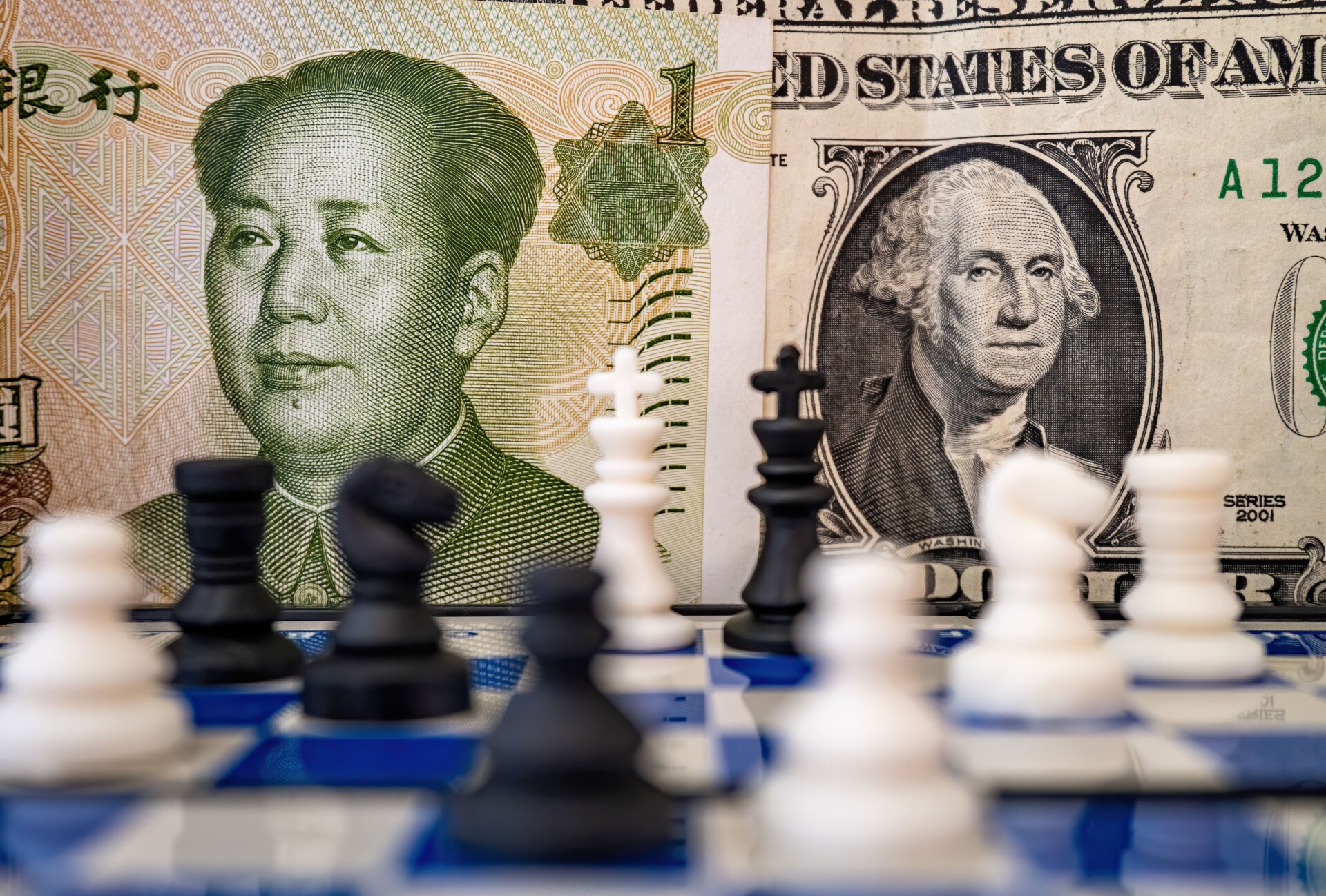More Tariffs on the Horizon
There seems to be no end to the trade pendulum swinging hard toward protectionism in Brussels and Washington– or to Chinese exports continuing to flood global markets. The Biden administration last month slapped tariffs on imports of electric vehicles, lithium-ion batteries and other high-tech goods from China. (They’ll mostly affect batteries.) The European Union is weighing similar measures. According to the International Monetary Fund, there were some 3,000 trade restrictions imposed last year, compared to 1,000 in 2019.
What appears to be an escalating trade war, however, can’t stop China from exporting.
China Exports Rise in May
In May, Chinese exports rose 7.6% year-on-year to $302.3 billion, while imports rose only 1.8% to $219.7 billion, further ramping up the surplus.
Shipments to the U.S. increased 4.8% to $44 billion. The most significant increase was in trade with ASEAN countries. Exports to that bloc increased 25.4% to $50.8 billion. Shipments to Taiwan rose 26% to $6.6 billion. One blip: Shipments to the European Union fell 0.7% to $44.2 billion.
“We think exports will remain strong in the coming months, defying the expansion of Western tariffs,” said Capital Economics in an analysts’ note.
Strategic Adaptations
What’s going on here? The trade data suggests that Chinese exporters, which include many Western companies, are adapting in at least two ways. One is offshoring and transshipment. Exports to Vietnam, for example, rose 33.9% to $14.2 billion, and shipments to Latin America increased 19% to $25.3 billion.
The new tariffs, said Capital Economics, “are unlikely to immediately threaten exports; if anything, they may boost exports at the margin as firms speed up shipments to front-run the duties. Even once tariffs are in force, their impact could be mitigated through trade re-routing and adjustments in the exchange rate.”
Another way China is keeping steady on its conquering of global markets is slashing prices, a consequence of the country’s mighty manufacturing sector, weak internal demand, and competitive export strategies.
For example, the number of suitcases, handbags and similar containers exported rose 9.5% year-on-year to 352,051 tons from 321,421. But the total value of all those shipments rose only 2.5% to $3.34 billion from $3.26 billion. That means the price per ton fell to $9,496 from $10,149, a 6% decrease. In a similar fashion, exports of furniture rose 18.1% to $6.2 billion amid falling prices. Exports of high-tech products rose 8.6% to $70.8 billion.
China’s Domestic Consumption Stagnates
The Chinese economy is facing a consumption crisis, exacerbated by falling real estate prices and demand. Middle-class Chinese consumers are buying fewer appliances, furniture and other consumer goods. That’s in large part why China has been cutting imports across the board. Purchases of agricultural products, for example, declined 12.2% to $19.8 billion. Imports of copper fell 11.3% by quantity to 2.3 million tons and 5.8% by value to $5.3 billion.
By region, imports from the U.S. fell 5.6% to $13.2 billion and shipments from the EU dropped 6.6% to $22.9 billion. However, purchases from ASEAN countries increased 6.7% to $33 billion. Imports from Africa, mostly industrial commodities and fuel, rose 15.4% to $10.7 billion. Overall, fertilizer imports rose 25.7% to 1.1 million tons, natural gas imports rose 78.4% to 11.3 million tons, coal imports increased 10.7% to 43.8 million tons.
Import Niches
Another exception was fresh or dried fruits and nuts. Purchases rose 34% by value to $2.4 billion and 11.6% by quantity to 860,386 tons. Chinese imports of grain dropped 26% to $6.7 billion. And to be sure, upper-class Chinese consumers are still buying luxury goods from Europe and the U.S. Overall imports of motor vehicles increased by quantity, up 7.3% to 62,754. By value, purchases dropped 0.8% to $3.4 billion.
The IMF last month raised its growth forecast for China to 5% from 4.6%. Surprises are likely in store. For example, here’s one Chinese trade trend that appears to be running its course: Exports to Russia dropped 1.1% year-on-year in May to $9.1 billion, and imports from the country fell 5.9% to $10.7 billion.


